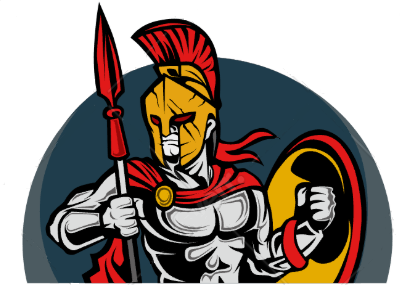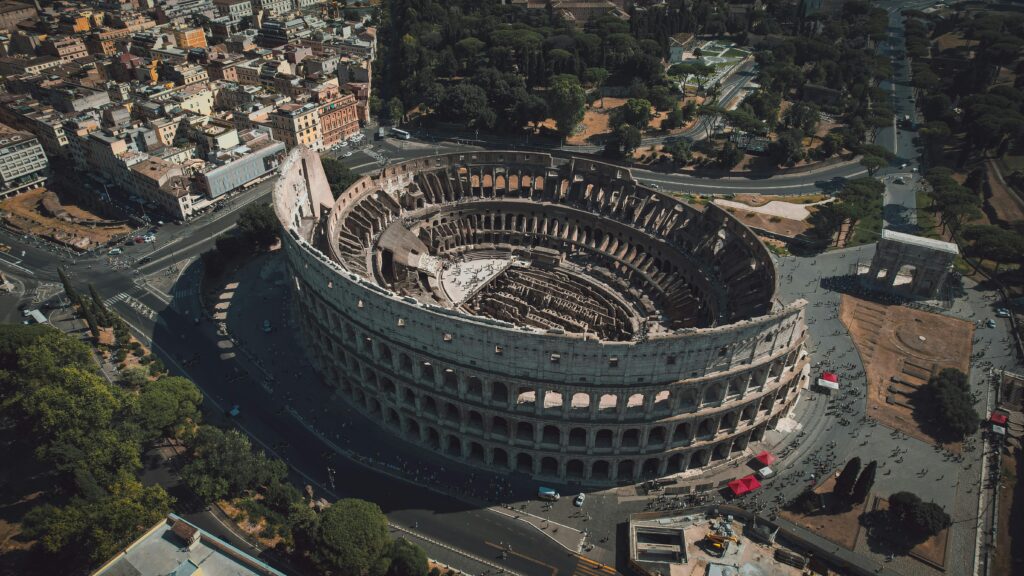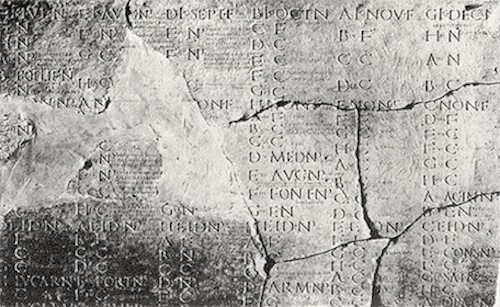Colosseum
The Colosseum, also known as the Flavian Amphitheater, was the largest amphitheater of ancient Rome, built between 72 and 80 CE. It could hold approximately 50,000 spectators and host various public spectacles, including gladiatorial battles, wild animal hunts, and even staged naval battles. More than just a venue for entertainment, the Colosseum played a crucial role in Roman culture, politics, and social life. As a gathering place for people from all social classes, the Colosseum reinforced the Roman values of courage, strength, and discipline. It also served as a political tool, helping emperors maintain control over their vast empire by providing grand spectacles that kept the public engaged. These events fostered a sense of unity while reinforcing the social hierarchy. However, the Colosseum also had a darker side as over 400,000 gladiators, prisoners, and slaves are estimated to have died in its arena. The Colosseum’s impact has endured for nearly 2,000 years. Its architectural and engineering innovations have inspired and continue to influence the design of stadiums and arenas worldwide. Despite centuries of damage from natural disasters and looting, significant parts of the structure still stand today, attracting millions of visitors and preserving the history and culture of ancient Rome. Video https://www.youtube.com/watch?v=09meiYkTsBo



